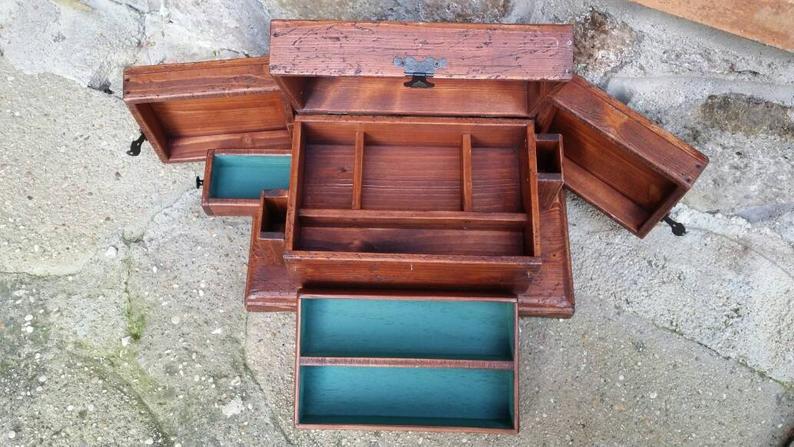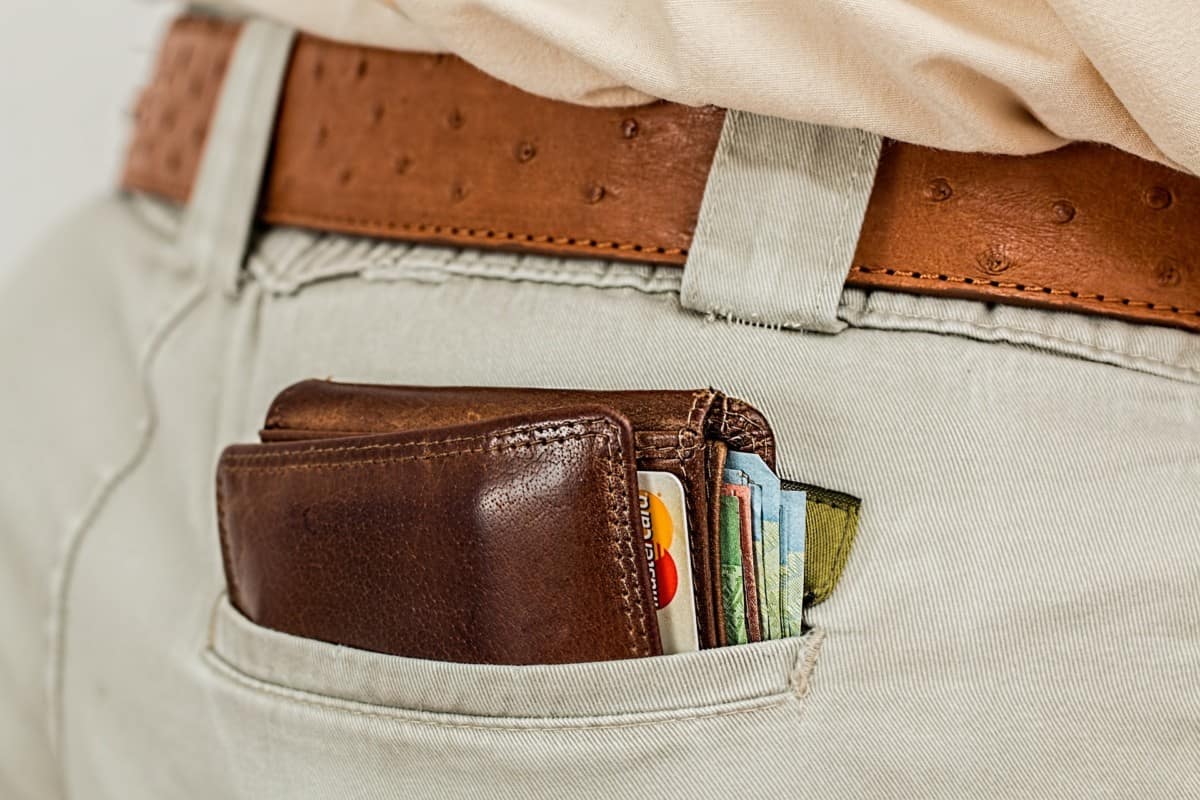


Upon a cursory or even thorough examination, officers may overlook the hidden compartment because of its disguise as an unaltered component of the vehicle. More elaborate hides appear as part of the vehicle to inhibit the ability of law enforcement to discover them. Examples include using the space behind the center of the steering wheel or cutting away part of the rear bumper and adding a lid with hinges. Rudimentary compartments consist of a very basic design with little or no alteration of the vehicle. In addition, the sophistication of a hide is only limited by the creativity and technical knowledge of its designer or installer. Some are designed to hold a single handgun while others can contain hundreds of pounds of drugs. Hidden compartments can vary in size and complexity. 1 Such compartments can be built into almost any part of a vehicle, including seats, gas tanks, trunks, spare tires, and dashboards. These compartments, also known as hides, traps, or clavos, are designed to disguise their existence by blending into the normal elements found in many means of transportation, such as cars, trucks, vans, boats, or airplanes.

Another popular technique is to store the drugs within a hidden or concealed compartment in a vehicle. Others simply ship the drugs in parcels via the postal service or retail shippers and hope law enforcement will not interdict the packages. Some traffickers use go-fast boats or small planes to smuggle drugs into the country. Human couriers move drugs by concealing them with their bodies either by hiding them in or under their clothing or by inserting or ingesting them into their persons. Traffickers can smuggle drugs in numerous ways. border, smuggled across, transferred from wholesale to retail dealers, and then sold to customers. For example, after their manufacture in foreign countries, heroin and cocaine are transported to the U.S. Although the synthesis of drugs can be a lengthy process, they spend the majority of their lifespan (i.e., the time between manufacture and use) being transferred along the chain of distribution. Transactions, or laundering drug proceeds to legitimatize profits. These can include diverting precursor chemicals to manufacture drugs, renting hotel rooms to conduct In the world of illegal narcotics, the progression from drug creation to drug use is known as the chain of distribution.īeyond the sale to a customer, many other and, unfortunately, often ignored activities aid or assist this illegal activity. The trafficking of illegal drugs can be viewed within the paradigm of legally traded commodities, such as televisions or automobiles, which follow a similar process-manufacture, shipment to wholesalers, transfer to retailers, and sale to consumers.


 0 kommentar(er)
0 kommentar(er)
